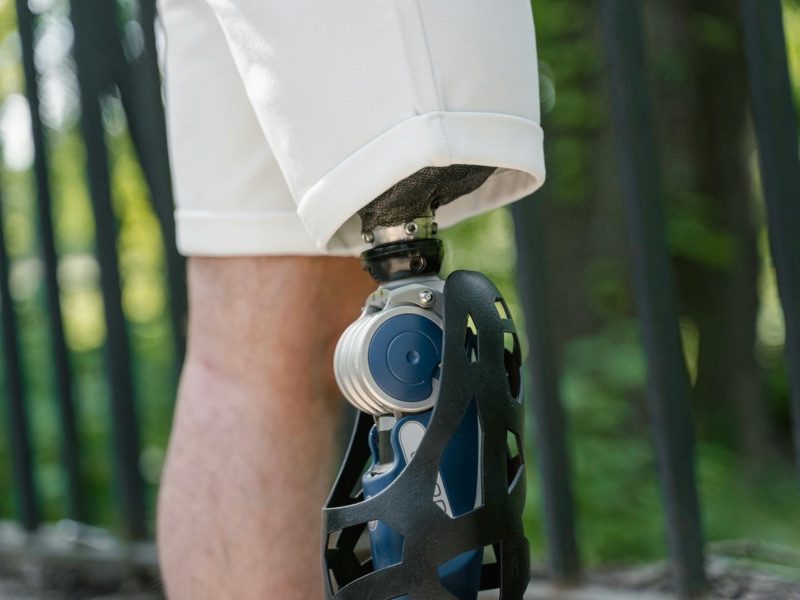Introduction: The Influence of Science Fiction on Technological Innovation
Science fiction has long served as a catalyst for technological advancement, inspiring inventors and scientists to turn imaginative concepts into tangible innovations. From the communicators of Star Trek to the autonomous vehicles of Minority Report, many ideas once confined to the realm of fiction have found their way into our daily lives. This blog explores 20 such technologies, tracing their origins in science fiction and examining their current real-world applications.

Voice-Activated Assistants
The concept of conversing with a computer was popularized by Star Trek’s onboard computer system. Today, voice-activated assistants like Amazon’s Alexa, Apple’s Siri, and Google Assistant allow users to perform tasks, control smart home devices, and access information through voice commands. These systems utilize natural language processing and machine learning to understand and respond to user queries.
Facial Recognition Technology
In Minority Report, facial recognition was used for personalized advertising and surveillance. Currently, facial recognition is employed in various sectors, including security, law enforcement, and personal device authentication. While it offers convenience and enhanced security, it also raises concerns about privacy and ethical use.
Brain-Computer Interfaces
The Matrix introduced the idea of directly interfacing the human brain with computers. Companies like Neuralink are developing brain-computer interfaces (BCIs) that aim to restore sensory functions and potentially enhance cognitive abilities. Neuralink’s “Blindsight” device, for instance, is being tested to restore vision in visually impaired individuals by stimulating vision-related brain areas.
Humanoid Robots
Isaac Asimov’s I, Robot envisioned robots with human-like characteristics. Today, robots like Ameca, developed by Engineered Arts, exhibit realistic facial expressions and interactions, showcasing advancements in robotics and artificial intelligence.
Real-Time Language Translation
The Star Trek universal translator allowed seamless communication between different species. Modern devices like Timekettle’s WT2 Edge earbuds offer real-time translation in multiple languages, facilitating cross-cultural communication.

Space Tourism
2001: A Space Odyssey depicted commercial space travel as a norm. Companies like SpaceX, Blue Origin, and Virgin Galactic are making strides in space tourism, offering suborbital flights to civilians, although widespread accessibility remains a future goal.
Gene Editing
The film Gattaca explored the implications of genetic manipulation. CRISPR technology now allows for precise gene editing, with applications in treating genetic disorders and diseases. Recent developments include personalized CRISPR therapies showing promise in clinical trials.
Autonomous Drones
Science fiction has long featured drones for various purposes. In reality, autonomous drones are used in agriculture, delivery services, and surveillance, with companies continually improving their capabilities and applications.
Flying Cars
Flying cars have been a staple in futuristic narratives. Alef Aeronautics’ Model A, an electric flying car with vertical takeoff and landing capabilities, has received FAA approval for test flights, marking a significant step toward personal aerial transportation.
AI Companions
The movie Her portrayed a deep emotional connection between a human and an AI. Applications like Replika offer AI companions that engage in conversations, providing emotional support and companionship to users.

Vertical Farming
Silent Running showcased space-based agriculture. Urban vertical farming, enhanced by AI, is now a reality, with farms like Sky Greens in Singapore using AI to optimize plant growth and resource usage.
Sleep Monitoring Devices
Films like Inception delved into the complexities of dreams. Wearable devices such as the Oura Ring and Apple Watch monitor sleep patterns, providing insights into sleep quality and health.
Augmented Reality Interfaces
Iron Man introduced advanced augmented reality (AR) interfaces. Devices like Apple’s Vision Pro offer immersive AR experiences, blending digital content with the physical world.
Smart Homes
The animated series The Jetsons depicted homes with automated features. Modern smart homes utilize Internet of Things (IoT) devices to control lighting, temperature, security, and appliances through voice commands or smartphone apps.
Smart Luggage
Science fiction often featured self-moving luggage. Products like Travelmate’s autonomous suitcase can follow users and are equipped with GPS tracking and other smart features.

Wearable Health Monitors
Star Trek’s tricorder could diagnose ailments instantly. Wearables like the Withings ScanWatch monitor vital signs, including heart rate and oxygen levels, aiding in early detection of health issues.
3D Printing
The replicator in Star Trek could create objects on demand. 3D printing technology now enables the creation of various items, from prosthetics to complex machinery, revolutionizing manufacturing processes.
Self-Driving Cars
Autonomous vehicles have been a recurring theme in science fiction. Tesla is testing its Full Self-Driving (FSD) technology, with plans to launch a robotaxi service in Austin, Texas, though safety concerns and regulatory approvals are ongoing considerations.
Exoskeletons
Powered exoskeletons featured in films like Edge of Tomorrow. Companies such as Sarcos Robotics are developing exoskeletons to assist workers in physically demanding jobs, enhancing strength and reducing fatigue.
Biometric Security
Mission: Impossible showcased advanced security systems using biometric data. Today, biometric authentication methods, including fingerprint and facial recognition, are commonly used for securing devices and facilities.

Conclusion: The Ongoing Journey from Fiction to Reality
The interplay between science fiction and technological advancement continues to shape our world. As imaginative concepts inspire real-world innovations, the boundary between fiction and reality becomes increasingly blurred. By examining these 20 technologies, we observe how visionary ideas have materialized, transforming industries and daily life. The future holds endless possibilities, many of which may already be envisioned in today’s science fiction narratives.
Comments
Post a Comment